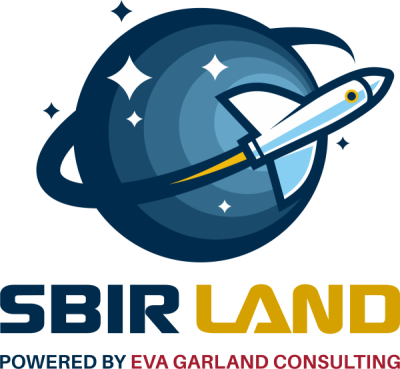What budget-related documents are required for Phase I and Phase II proposals?
Whether you are submitting a Phase I or Phase II SBIR/STTR proposal, you must provide detailed information on the budget for the proposed work, together with supporting documents that include your justification for the requested budget, quotes for equipment or services that you will need to carry out your project, and budget information and documentation for any collaborators who will receive a share of the award as a subaward or consultant. The budget is a central component of any proposal, and it reflects the structure of your proposed project in terms of the team of personnel, consultants, and collaborators required, the resources you will need, and the project timeline. The budget will be an evolving component of your proposal, and it is a good idea to make use of a spreadsheet to track the various elements and automatically apply the relevant calculations to ensure that your budget fits within the appropriate limits.
Budget structures for SBIR and STTR grants
The difference in structure between SBIR and STTR grants is reflected in the general structure of their budgets. Specifically, SBIRs require that at least 67% of the award be awarded directly to costs incurred by the small business concern, leaving up to 33% of the award to be allocated to academic collaborators and/or consultants. STTRs allow for up to 60% of the award to be allocated to a non-profit research collaborator and/or consultants, with a minimum of 30% to be allocated to the non-profit research partner and 40% to the small business. These percentages reflect the “internal” (small business) and “external” (collaborators and consultants) components of the budget.
It is important to note that consultants are an external expense rather than an internal expense of the small business. Consequently, if you are applying for an SBIR grant, consultants’ fees do not count towards the 67% of the award that goes to the small business; instead, they must be paid from the remaining 33% of the award that also supports academic collaborators. One of the advantages of the STTR program is that it provides more flexibility, allowing a much greater share of the award to be allocated to academic collaborators and consultants.
Direct vs. indirect costs
A budget includes both “direct” and “indirect” costs, and it is important to understand what these comprise. Direct costs are those directly associated with the performance of the project and include salaries for personnel, any materials or equipment that are needed, and the cost of any work done by a contract research organization or core facility on a fee-for-service basis. The cost of renting lab space or other facilities for the project can also be included in the direct costs. The indirect cost component of the budget provides money for expenses such as administrative costs or overhead. NIH allows for businesses to request indirect costs at a rate of 40% of the combined direct costs (less the subaward). NSF calculates indirect costs as 50% of combined salary and wages. Organizations participating on the grant as a subaward typically have a negotiated indirect rate they will apply to the grant. In addition to indirect costs, small businesses are allowed to request an additional 7% “fee”, calculated on the total combined direct and indirect costs; these funds are considered “profit” and are not regulated.
How detailed should the budget be, and what needs to be itemized?
The information you provide needs to be sufficiently detailed to justify the requested budget amount. For key personnel and other personnel, such as postdoctoral researchers, technicians, or programmers, you must state in the budget their base salary and the number of months of effort that they will dedicate to the project. Their respective roles on the project should also be explained in the budget justification document. For consultants, only the total cost is required in the budget, but their role, hourly fee and agreed number of hours or days effort should be included in the budget justification. Equipment must be itemized in the budget if the requested amount for a piece of equipment (or for multiple units of the same equipment) exceeds $5000 (in general, it is not advised to request funds for major equipment in a Phase I project. For some agencies, like NSF, purchase of major equipment is expressly prohibited). Materials and supplies should be itemized where possible in the budget justification.
Is there anything I can’t include in my budget?
Certain items cannot be included in your budget. Examples include patent preparation and advertising costs, payment of fines, and alcoholic beverages. The NIH’s Office of Acquisition Management and Policy provides a list of unallowable/unallocable costs.
